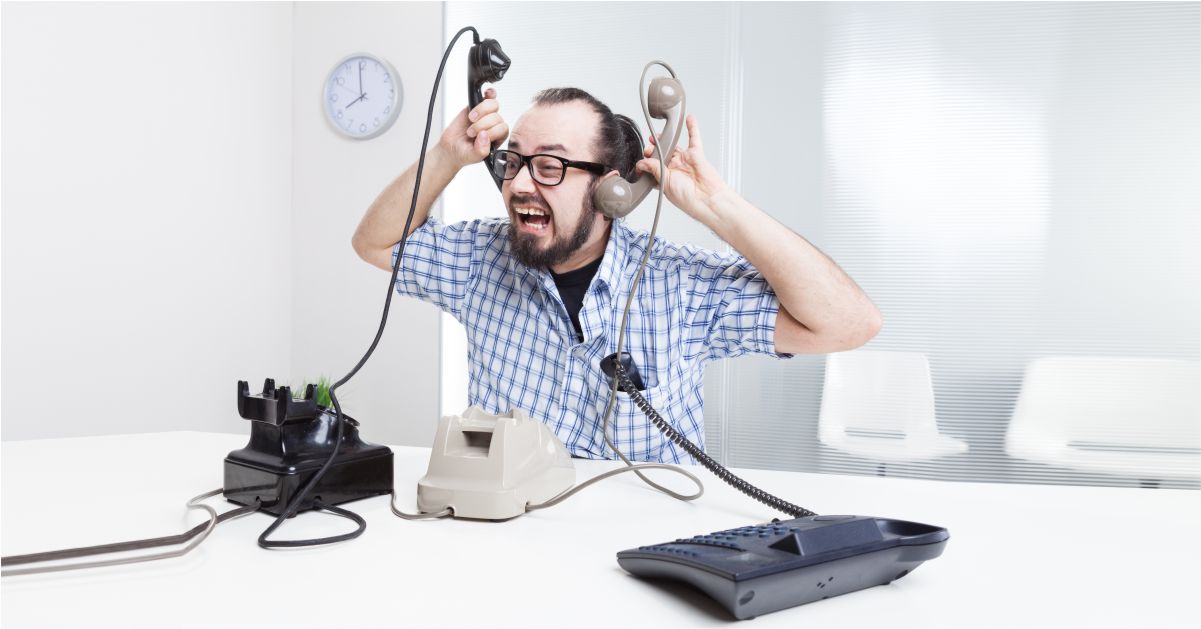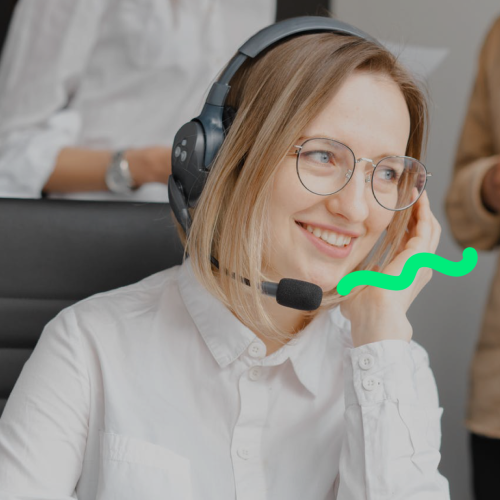All Categories
Featured
Table of Contents
- – Who Is The Best Answering Service Faqs - Questi...
- – What Is The Best Call Answering Service For Sm...
- – Best Can 5 Mistakes To Avoid When Hiring A Pho...
- – Best Outsource Answering Service Company Sri ...
- – How Much Is The New Outsource Answering Servi...
- – What Is The Best Melbourne Telephone Answeri...
Who Is The Best Answering Service Faqs - Questions & Answers Company?
This device and its successors were designed by Sava Jacobson, an electrical engineer with a private consulting company. While early answering makers utilized magnetic tape innovation, most modern devices uses strong state memory storage; some devices use a combination of both, with a solid-state circuit for the outgoing message and a cassette for the inbound messages.
"toll conserving" below) (phone call answering). This works if the owner is screening calls and does not wish to consult with all callers. In any case after going, the calling party must be notified about the call having been addressed (in a lot of cases this begins the charging), either by some remark of the operator, or by some welcoming message of the TAD, or dealt with to non-human callers (e.
This holds especially for the Littles with digitally stored greeting messages or for earlier devices (before the increase of microcassettes) with an unique limitless loop tape, different from a second cassette, committed to recording. There have actually been answer-only gadgets without any recording abilities, where the greeting message needed to inform callers of a state of existing unattainability, or e (call answering services).
What Is The Best Call Answering Service For Small Business In Brisbane Out There

about accessibility hours. In taping TADs the welcoming typically includes an invitation to leave a message "after the beep". A voice mail that utilizes a microcassette to record messages On a dual-cassette answerphone, there is an outbound cassette, which after the specified number of rings plays a pre-recorded message to the caller.

Single-cassette answering devices contain the outgoing message at the beginning of the tape and inbound messages on the staying area. They first play the announcement, then fast-forward to the next available space for recording, then tape the caller's message. If there are many previous messages, fast-forwarding through them can cause a significant hold-up.
This beep is often referred to in the welcoming message, requesting that the caller leave a message "after the beep". TADs with digital storage for the taped messages do disappoint this hold-up, of course. A little bit may provide a remote control center, where the answerphone owner can ring the home number and, by getting in a code on the remote telephone's keypad, can listen to tape-recorded messages, or delete them, even when away from home.
Best Can 5 Mistakes To Avoid When Hiring A Phone Answering Service

Consequently the device increases the number of rings after which it addresses the call (typically by 2, leading to 4 rings), if no unread messages are presently stored, however responses after the set variety of rings (usually 2) if there are unread messages. This allows the owner to find out whether there are messages waiting; if there are none, the owner can hang up the phone on the, e.
Some makers also permit themselves to be remotely triggered, if they have actually been changed off, by calling and letting the phone ring a particular a great deal of times (typically 10-15). Some provider abandon calls already after a smaller number of rings, making remote activation difficult. In the early days of TADs an unique transmitter for DTMF tones (dual-tone multi-frequency signalling) was regionally required for remote control, considering that the formerly utilized pulse dialling is not apt to communicate appropriate signalling along an active connection, and the dual-tone multi-frequency signalling was executed stepwise.
Any inbound call is not recognizable with respect to these properties in advance of going "off hook" by the terminal equipment. So after going off hook the calls must be changed to appropriate gadgets and only the voice-type is instantly accessible to a human, however possibly, nevertheless ought to be routed to a TAD (e.
Best Outsource Answering Service Company Sri Lanka To Buy
What if I informed you that you do not have to actually pick up your device when responding to a consumer call? Somebody else will. So convenient, best? Responding to call doesn't require someone to be on the other end of the line. Efficient automated phone systems can do the trick just as efficiently as a live representative and sometimes even better.
An automated answering service or interactive voice response system is a phone system that communicates with callers without a live individual on the line - business call answering service. When companies use this innovation, clients can get the response to a question about your business merely by using interactions established on a pre-programmed call flow.
Although live operators upgrade the customer support experience, many calls do not require human interaction. A basic taped message or guidelines on how a client can recover a piece of information typically resolves a caller's instant requirement - phone answering. Automated answering services are a simple and reliable way to direct incoming calls to the best individual.
How Much Is The New Outsource Answering Services In The Usa - Start From $11/hr?
Notification that when you call a company, either for assistance or item inquiry, the first thing you will hear is a pre-recorded voice greeting and a series of choices like press 1 for customer support, press 2 for questions, and so on. The pre-recorded choices branch out to other choices depending on the consumer's selection.
The phone tree system assists direct callers to the best individual or department using the keypad on a mobile phone. In some instances, callers can utilize their voices. It's worth noting that auto-attendant options aren't limited to the 10 numbers on a phone's keypad. Once the caller has actually selected their very first alternative, you can develop a multi-level auto-attendant that utilizes sub-menus to direct the caller to the best sort of assistance.
The caller does not need to communicate with a person if the auto-attendant phone system can manage their concern. The automated service can path callers to a worker if they reach a "dead end" and require assistance from a live representative. It is expensive to employ an operator or executive assistant.
What Is The Best Melbourne Telephone Answering Service : Virtual Reception And Why
Automated answering services, on the other hand, are considerably less costly and offer considerable cost savings at an average of $200-$420/month. Even if you don't have actually devoted personnel to deal with call routing and management, an automatic answering service enhances productivity by permitting your team to focus on their strengths so they can more effectively spend their time on the phone.
A sales lead routed to customer care is a lost shot. If a customer who has product questions reaches the incorrect department or gets insufficient answers from well-meaning employees who are less trained to handle a particular kind of question, it can be a cause of disappointment and discontentment. An automatic answering system can reduce the variety of misrouted calls, thus assisting your employees make much better usage of their phone time while maximizing time in their calendar for other tasks.
With Automated Answering Systems, you can develop a personalized experience for both your staff and your callers. Make a recording of your main greeting, and just update it frequently to reflect what is going on in your organization. You can produce as many departments or menu options as you want.
Table of Contents
- – Who Is The Best Answering Service Faqs - Questi...
- – What Is The Best Call Answering Service For Sm...
- – Best Can 5 Mistakes To Avoid When Hiring A Pho...
- – Best Outsource Answering Service Company Sri ...
- – How Much Is The New Outsource Answering Servi...
- – What Is The Best Melbourne Telephone Answeri...
Latest Posts
Renowned Receptionist Service – Melbourne
Premium Call Management Service Near Me
Comprehensive Live Answering Service Near Me
More
Latest Posts
Renowned Receptionist Service – Melbourne
Premium Call Management Service Near Me
Comprehensive Live Answering Service Near Me